Disclosure: This article contains affiliate links. We may earn a commission from purchases at no extra cost to you, which helps our travel content.
There's something about mountains that calls to the soul. Perhaps it's the way they stand defiantly against time, or how they humble us with their majestic presence. Having spent my California youth in the shadow of the Sierras, mountains have always felt like old friends. But the peaks of Asia? They're an entirely different symphony. This spring, I embarked on a two-week journey with my dear friend Marie (a fellow empty-nester with an insatiable wanderlust) to experience the contrasting mountain retreats of Alishan in Taiwan and Kathmandu in Nepal. Two vastly different mountain destinations—one offering misty forests and tea plantations, the other serving as the gateway to the world's highest peaks. As we navigated these elevated havens, we discovered that where you rest your head at night shapes your entire mountain experience. Consider this my coach's playbook for couples seeking that perfect balance of adventure and comfort in the highlands of Asia.
Alishan's Misty Forest Retreats
The journey to Alishan begins with a scenic train ride that winds through Taiwan's central mountains. As we climbed higher, the subtropical landscape transformed into a mystical realm of cypress forests shrouded in mist. Our first accommodation choice was the Alishan House, a historic wooden lodge that feels like stepping into Taiwan's past.
The rooms at Alishan House balance rustic charm with modern comforts—think polished wood interiors, plush bedding, and floor-to-ceiling windows framing the forest. What makes this place special isn't luxury in the conventional sense, but rather its harmony with the surrounding nature. Each morning, we awoke to mist dancing through ancient trees, creating an ethereal painting outside our window.
For those seeking a more intimate experience, the family-run minsu (Taiwanese B&Bs) scattered throughout the region offer heartwarming hospitality. We spent three nights at the Fenqihu Tea Garden B&B, where our hostess—a third-generation tea farmer—welcomed us with cups of her family's oolong and stories of mountain life that no guidebook could provide.
The true luxury of Alishan accommodations is their proximity to nature's grand performances. Our travel alarm clock became essential for catching the famous Alishan sunrise, where we joined other travelers at viewing platforms to watch the sun emerge from a sea of clouds. It's worth noting that spring temperatures in Alishan can drop significantly at night, so I was grateful for the packable down jacket that took up minimal space in my luggage but provided maximum warmth during chilly mornings.
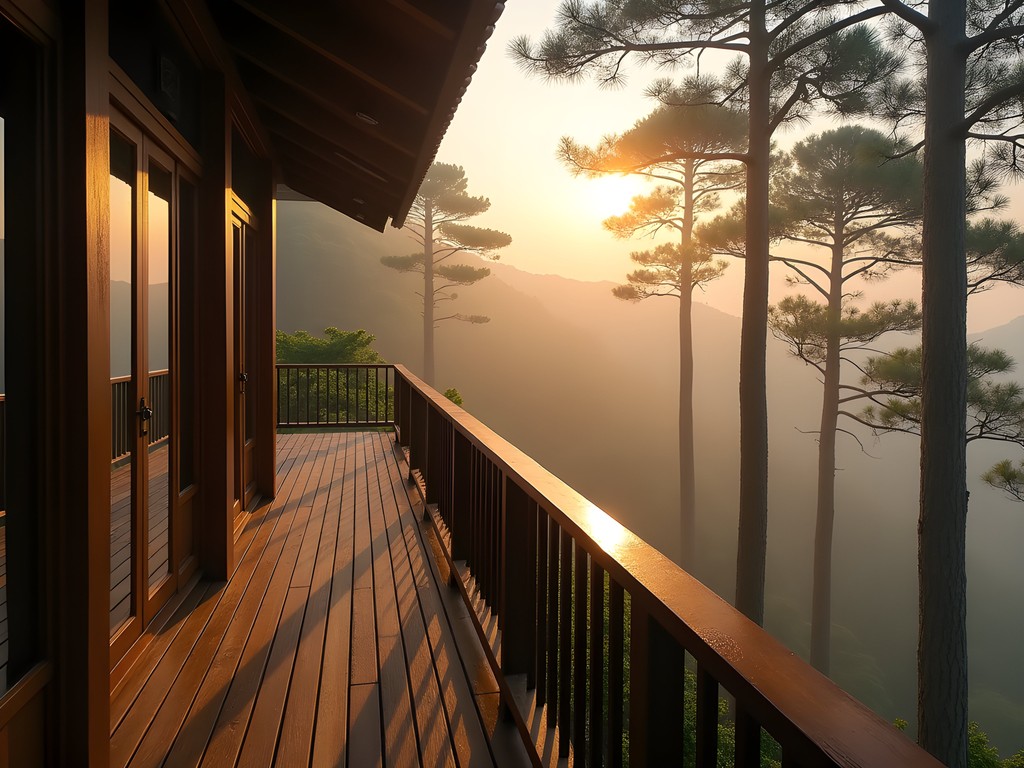
💡 Pro Tips
- Book Alishan House at least 3 months in advance for spring season
- Request a forest-facing room on an upper floor for the best views
- Pack warm sleepwear—even in spring, nights can drop to 10°C (50°F)
Tea Plantations vs. Mountain Lodges: Finding Your Alishan Style
Alishan offers two distinct accommodation experiences: staying within the national forest recreation area or opting for the tea plantation region. Each has its charm and challenges.
Within the forest recreation area, properties like Alishan House and Shermuh Hotel place you steps away from hiking trails and the famous sunrise viewing points. The convenience comes at a premium price, but eliminating the pre-dawn transportation scramble to witness the sunrise spectacle is worth every Taiwanese dollar.
Marie and I split our time, spending three nights in the forest area and then moving to a tea plantation homestay in Shizhuo. This strategy gave us the best of both worlds—convenient access to forest attractions followed by immersion in Taiwan's tea culture.
The plantation stays offer a more authentic glimpse into local life. Our room at the Ching Jing Minsu overlooked terraced tea fields that seemed to cascade down the mountainside. The accommodations were simpler than those in the forest recreation area—fewer amenities but more character. Each morning, our host demonstrated traditional tea processing methods before serving breakfast on a terrace overlooking the misty valleys.
For capturing these misty mountain moments, my compact camera proved invaluable. Its ability to handle challenging light conditions meant I could document both bright tea fields and shadowy forest interiors without carrying bulky equipment up and down mountain paths.
Whichever style you choose, know that Alishan accommodations generally favor experience over extravagance. You won't find infinity pools or spa treatments, but you will find something far more valuable—a genuine connection to one of Taiwan's most breathtaking natural environments.

💡 Pro Tips
- Split your stay between forest and tea plantation areas to experience both landscapes
- Book tea plantation homestays directly by email for better rates and personalized experiences
- Bring earplugs—thin walls in traditional buildings mean you might hear neighboring guests
Kathmandu's Heritage Havens
Arriving in Kathmandu after Taiwan's orderly calm feels like stepping into a beautiful chaos. The city pulsates with energy—prayer flags flutter above narrow lanes, temple bells chime, and the scent of incense mingles with the aroma of street food. Here, our accommodation choices centered around Thamel and the historic districts of Patan and Bhaktapur.
For our first five nights, we chose the Kantipur Temple House in Kathmandu, a boutique hotel built in traditional Newari style. Walking through its carved wooden doors felt like entering another century. The hotel is a living museum—handcrafted furniture, local artwork, and a central courtyard where musicians sometimes perform in the evenings. Our room featured exposed brick, carved window frames, and a balcony overlooking the property's organic garden.
What struck me most was how this property balanced heritage aesthetics with environmental consciousness. Solar heating, plastic-free policies, and locally-sourced meals reflected a thoughtful approach to tourism that resonated with my values. Each morning, we'd enjoy breakfast in the garden courtyard, planning our day's adventures while watching resident tortoises amble through the greenery.
For couples seeking romance with their heritage experience, I'd recommend splurging on one of Kathmandu's converted palace hotels. We spent two nights at Dwarika's Hotel—an architectural masterpiece that salvaged woodcarvings from demolished Kathmandu Valley buildings. Walking through its courtyards feels like traversing through Nepal's artistic history.
The contrast between these heritage properties and Alishan's nature-focused accommodations couldn't be more striking. Where Alishan offered misty forest views, Kathmandu's best stays immerse you in living cultural heritage. Both approaches create profound connections to place, just through different sensory experiences.
Navigating Kathmandu's often chaotic streets meant our days were stimulating but sometimes exhausting. Returning to these heritage havens provided necessary respite. I found my travel journal became an essential companion, allowing me to process each day's sensory overload while sitting in peaceful hotel courtyards each evening.
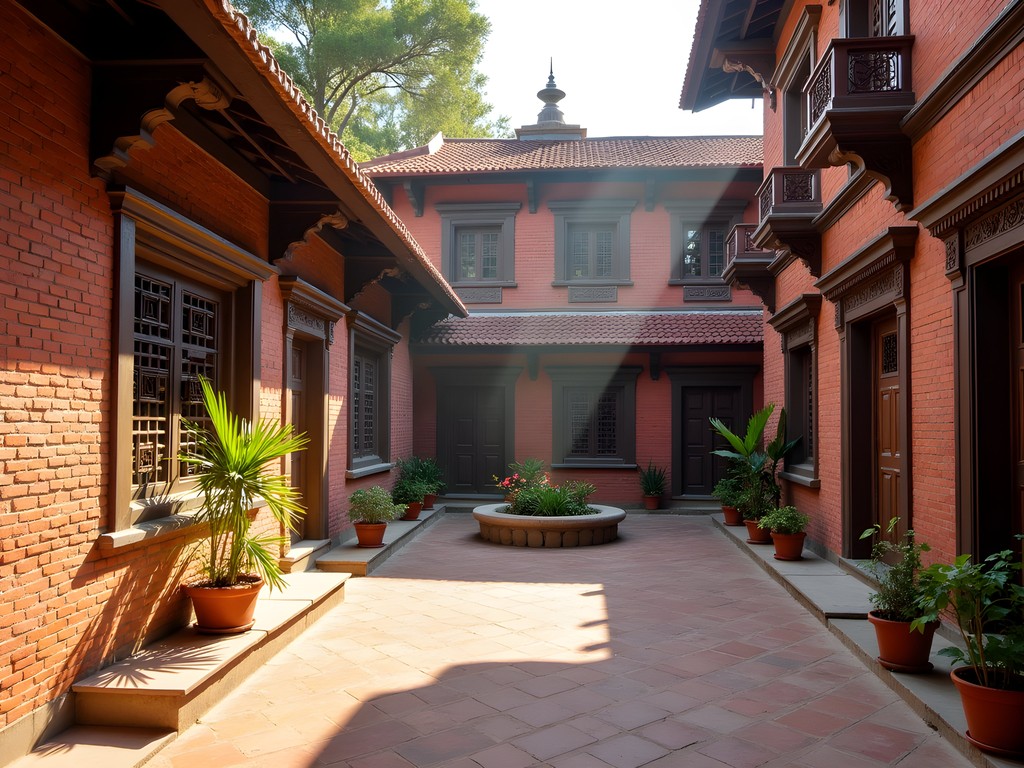
💡 Pro Tips
- Request rooms away from the street at heritage properties—Kathmandu's traffic noise can be significant
- Book hotels with generator backup as Kathmandu experiences frequent power outages
- Look for properties with rooftop spaces for mountain views on clear mornings
Mountain Views vs. Cultural Immersion: Kathmandu Valley Perspectives
While Kathmandu itself sits in a valley, the surrounding mountains are ever-present—appearing and disappearing behind the city's haze like shy performers. For accommodations with mountain views, we ventured to Nagarkot and Dhulikhel on the valley rim.
Our three-night stay at Club Himalaya in Nagarkot provided front-row seats to the Himalayan panorama. The property sits at 7,200 feet, and from our balcony, we could see (on clear days) a 200-mile stretch of peaks including Everest. The rooms themselves were comfortable if somewhat dated, but the real luxury was waking to that mountain panorama. I'd roll out of bed, wrap myself in the room's blanket, and step onto our balcony to watch alpenglow paint the distant peaks in shades of rose and gold.
"It's like the mountains are performing just for us," Marie whispered one morning as we sipped tea and watched the sunrise illuminate the world's highest peaks.
In contrast, our stay at the Dwarika's Resort in Dhulikhel offered a more luxurious mountain retreat experience. This wellness-focused property blends traditional Nepali architecture with contemporary comfort. Our suite featured floor-to-ceiling windows framing mountain views, traditional textile accents, and a private terrace. The resort's focus on Himalayan wellness traditions meant our accommodation included access to meditation rooms, singing bowl sessions, and pottery classes.
For couples, these mountain-view properties offer romantic seclusion that Kathmandu's heritage hotels can't provide. Evenings spent stargazing from private terraces or sharing a bottle of wine while watching distant thunderstorms move across the Himalayan foothills created moments of connection that became highlights of our journey.
The challenge with these mountain retreats is their isolation—you're somewhat removed from cultural experiences. We solved this by splitting our time between Kathmandu's heritage properties and mountain-view retreats, creating a balanced experience that honored both landscape and culture.
For those mountain mornings when temperatures dipped, my merino base layers proved essential—lightweight enough to pack easily but warm enough for chilly Himalayan dawns.
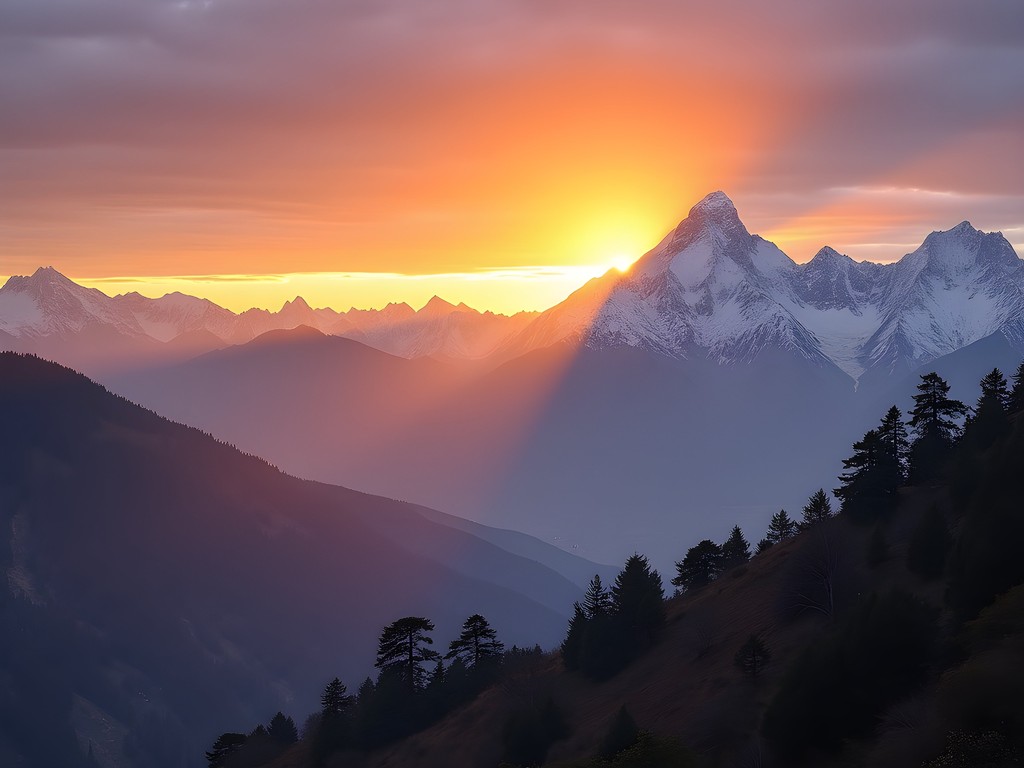
💡 Pro Tips
- Book mountain-view properties for at least two nights—clouds often obscure views, so you need time for clear conditions
- Request highest-floor rooms at Nagarkot hotels for unobstructed mountain panoramas
- Consider splitting your stay between Kathmandu proper and mountain-view properties
The Verdict: Choosing Your Mountain Style
After two weeks divided between Taiwan's misty forests and Nepal's cultural richness, Marie and I found ourselves debating which mountain accommodation style won our hearts. The answer, like most things in travel, isn't straightforward.
Alishan's accommodations excel in connecting guests with nature. The properties themselves may not win design awards, but their integration with the surrounding forest creates an immersive natural experience. The rhythm of life here follows natural cycles—early to bed, early to rise for that magical sunrise. The accommodations facilitate a quiet communion with nature that feels increasingly rare in our connected world.
"I feel like I can breathe deeper here," Marie noted one evening as we sat on our balcony at Alishan House, listening to the forest sounds.
Kathmandu Valley's heritage properties, by contrast, connect travelers with centuries of cultural expression. Staying within walls adorned with intricate woodcarvings and traditional art forms provides a living history lesson. The best properties honor architectural traditions while offering thoughtful modern comforts. The mountain views from valley-rim properties add a dramatic natural backdrop to this cultural immersion.
For couples, I'd recommend tailoring your choice to your relationship's rhythm. If you and your partner find connection in quiet natural settings and early morning moments, Alishan's forest retreats will nurture that bond. If you thrive on cultural stimulation and discussions about art, history, and spirituality, Kathmandu's heritage properties will provide rich conversation fodder.
Or follow our lead and experience both. The contrast between these mountain accommodation styles—one focused on natural heritage, the other on cultural heritage—creates a richer understanding of how mountains shape human experience across Asia.
Whichever you choose, pack a good headlamp for navigating both Alishan's pre-dawn forest paths and Kathmandu's occasional power outages. Some practical tools make all the difference in mountain environments, where nature still dictates many aspects of daily life.
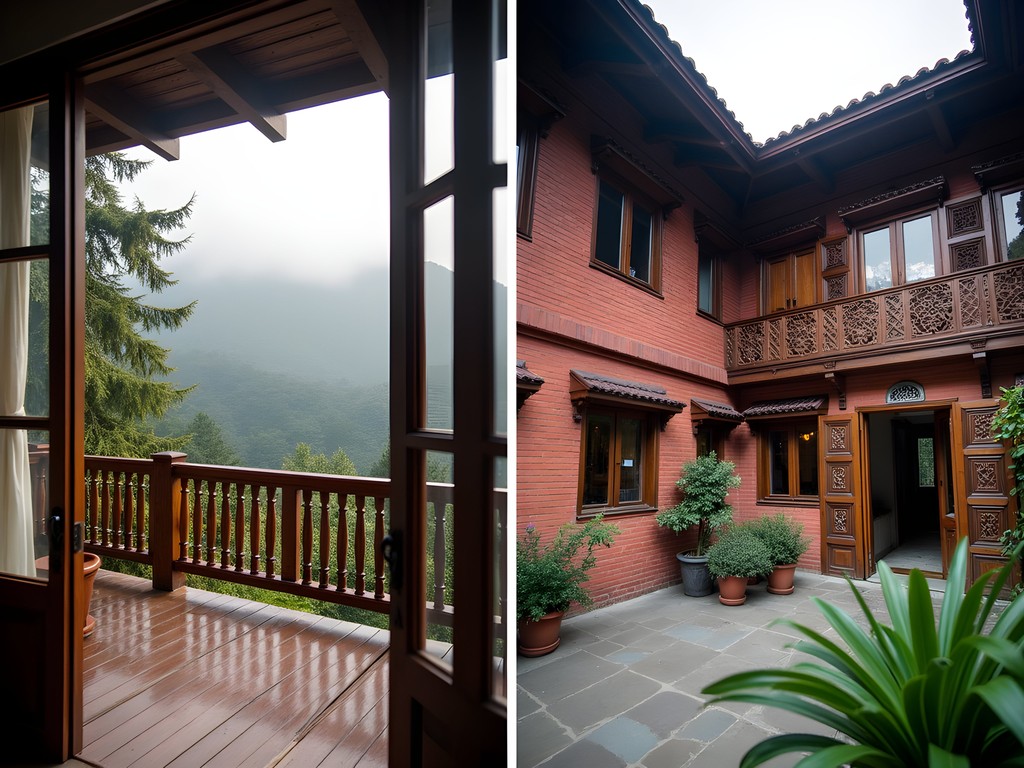
💡 Pro Tips
- Consider your natural sleep rhythms when choosing—Alishan rewards early risers, while Kathmandu offers more nightlife options
- Book accommodations with heating in both destinations—mountain nights get surprisingly cold even in spring
- Allow buffer days in your itinerary for weather changes that might affect mountain views
Final Thoughts
Mountains have a way of teaching us about ourselves—what we value, what comforts we cling to, what experiences move us. Through our stays in Alishan and Kathmandu, I've come to believe that the best mountain accommodations don't just shelter us; they frame our experience of these majestic landscapes and the cultures they've shaped. Whether you choose the misty forest retreats of Alishan or the heritage havens of Kathmandu, the key is finding properties that facilitate genuine connection—to nature, to culture, and to each other. As my basketball teams back in Fresno used to hear me say: it's not about the scoreboard but about how you played the game. In mountain travel, it's not about luxury thread counts but about how deeply you connect with the place. So lace up your hiking boots, pack that journal, and find your own perfect mountain retreat. The peaks are calling, friends—how will you answer?
✨ Key Takeaways
- Split your stay between nature-focused and culture-focused accommodations for a balanced mountain experience
- Book mountain-view properties for multiple nights to increase chances of clear visibility
- Heritage properties offer deeper cultural immersion while forest retreats provide stronger nature connection
- Spring offers ideal temperatures but prepare for cold mountain nights in both destinations
📋 Practical Information
Best Time to Visit
March-May (spring) or October-November (fall)
Budget Estimate
$100-250 per night for mid-range accommodations
Recommended Duration
5-7 days per destination (10-14 days total)
Difficulty Level
Moderate

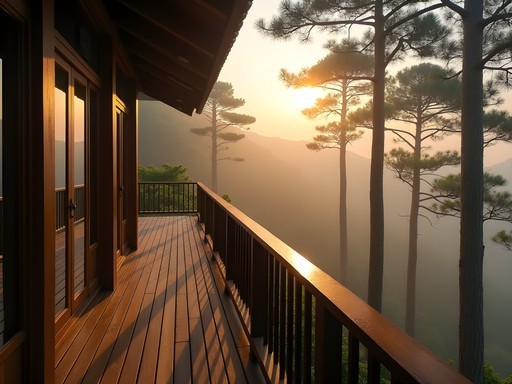
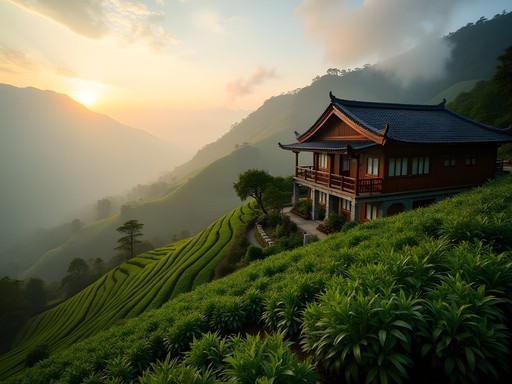
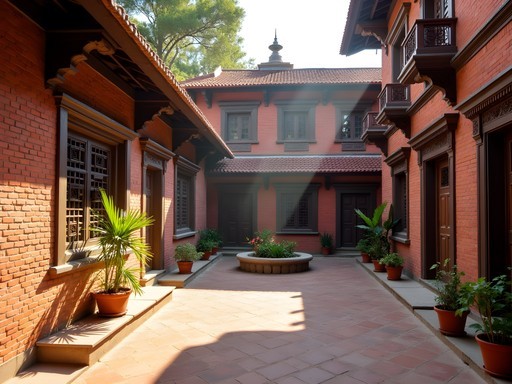
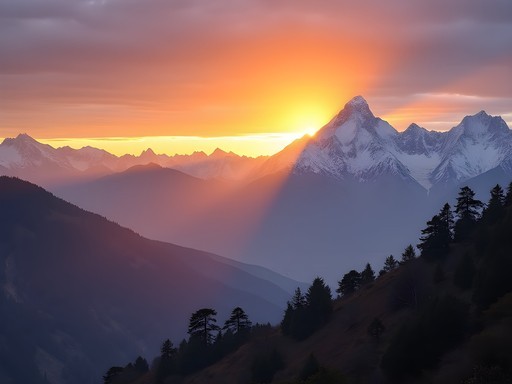
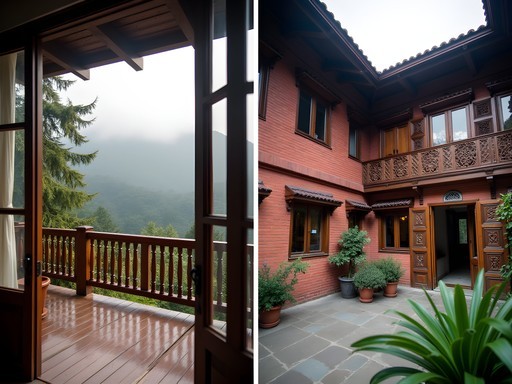


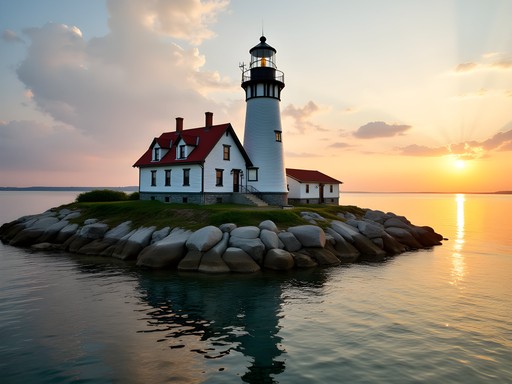

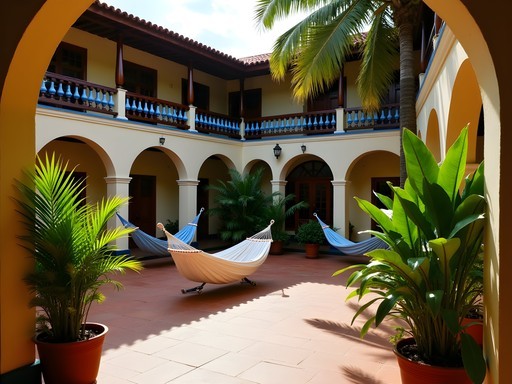
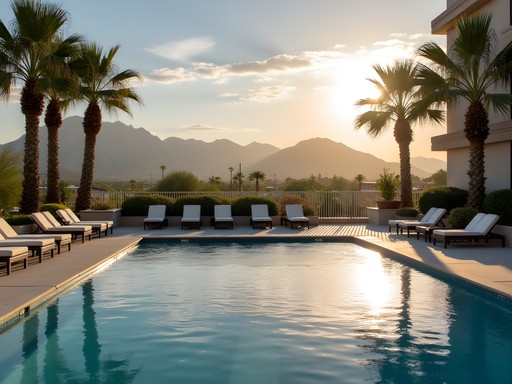
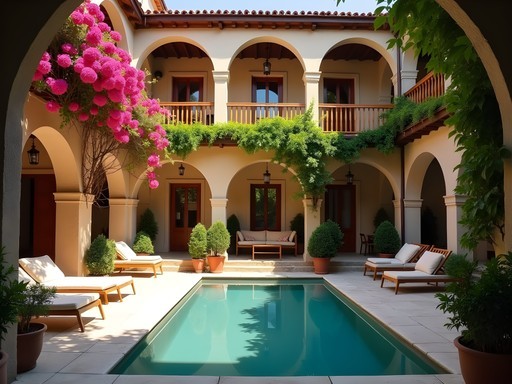
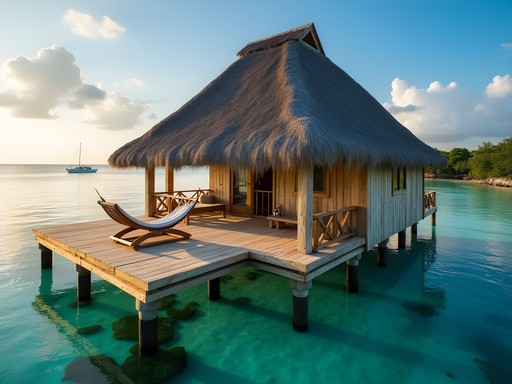


Comments
travelwithjen
How difficult was it getting to Alishan using public transport? I'm planning a solo trip and wondering if I should just book a tour instead.
Gregory Boyd
Not Anna, but I did it solo and it was straightforward! Train to Chiayi, then the Alishan Forest Railway or bus up the mountain. Just check the schedule in advance as they don't run that frequently.
travelwithjen
Thanks Gregory! That's really helpful. Did you book the forest railway in advance?
Gregory Boyd
Yes, definitely book that part ahead - it sells out, especially for the sunrise trains!
mountain_lover22
Just booked my trip to Kathmandu after reading this! Can't wait!
redwalker
Those misty morning photos from Alishan are INCREDIBLE! Reminds me of my trip there in 2024. We stayed at a family-run guesthouse near the railway station and it was perfect. The grandmother made the most amazing traditional breakfast every morning!
Anna Harris
Thank you! Those family guesthouses are such hidden gems. Do you remember the name of the place you stayed?
redwalker
It was called Alishan Green Homestay (or something very similar). The building was dark wood with red lanterns outside. Super cozy!
Gregory Boyd
Fantastic breakdown of both destinations! I stayed in Kathmandu Valley last year and found the heritage hotels in Bhaktapur to be the perfect middle ground - cultural immersion with mountain views from the rooftop terraces. One tip for Alishan visitors: the public buses are actually quite reliable if you're on a budget, but book your accommodation well in advance during cherry blossom season. I made that mistake and ended up in a very basic guesthouse because everything else was booked solid. I tracked all my hikes using hiking app which was invaluable for finding the less crowded viewpoints.
redwalker
Did you find Bhaktapur too touristy? I'm torn between staying there or in one of the smaller villages.
Gregory Boyd
It gets busy during the day but quiets down beautifully in the evenings when the day-trippers leave. I actually preferred it to the smaller villages because of the restaurant options and ease of getting around.
beachbackpacker
Great comparison! I've been to Kathmandu but never Alishan. Would you say the tea plantation stays are worth the splurge compared to the regular mountain lodges?
Anna Harris
Absolutely! The tea plantation stays offer such a unique experience - waking up to misty fields and getting to learn about the tea production process. Worth every penny in my opinion.
beachbackpacker
Thanks Anna! Adding it to my bucket list for next year's Asia trip.
Amit Sullivan
Anna, your post brought back so many memories! I've spent considerable time in both regions over the years. What struck me most was how the mountain accommodations reflect the cultural values of each place. In Alishan, there's that beautiful Japanese influence from the colonial era mixed with Chinese and indigenous Taiwanese elements. The attention to the ritual of tea, the minimalist aesthetics, the way rooms are positioned to frame forest views. In Kathmandu Valley, I found the accommodations to be living museums - those carved wooden windows, central courtyards, and butter lamps. I stayed in a 300-year-old Newari house that had been converted into a boutique hotel in Patan, and the owner would share stories of the building's history every evening over raksi (local rice spirit). For those choosing between them: Alishan for contemplative nature immersion, Kathmandu for cultural richness. Both will change you, just in different ways.
dreamzone
Wow, that Newari house stay sounds incredible! Did you book that online or find it when you got there?
Amit Sullivan
I actually found it through a local guide! Many of these heritage stays aren't well-represented online. If you're heading there, I recommend arranging a guide for your first day who can help with accommodations. The personal connections make all the difference in Nepal.
skyzone
Thanks for sharing! Which would you recommend for a first-time visitor to Asia?
Anna Harris
I'd say Alishan for a gentler introduction - it's more developed for tourism and easier to navigate. Kathmandu is incredible but can be overwhelming if you've never been to Asia before!
Megan Martin
Anna, your comparison between these two mountain destinations is spot-on! I've been to both for work assignments and found the contrast fascinating. For business travelers heading to either location, I'd add that Kathmandu offers more reliable internet connectivity, while Alishan gives you that true digital detox (sometimes whether you want it or not!). I actually found the spotty connection in Alishan refreshing - forced me to be present. One tip for those heading to Kathmandu: many heritage hotels now have dedicated workspace areas with backup generators for the frequent power outages. I used my noise-cancelling headphones constantly in Kathmandu to focus during the busy festival seasons!
dreamzone
Those photos of the misty Alishan forests are giving me serious wanderlust! 😍
redhero
Going to Alishan next month! Any specific guesthouse recommendations for someone traveling solo?
mountainstar
Not Anna but I stayed at Alishan House as a solo traveler and felt super welcome. The family-style dinners were great for meeting people!
redhero
Thanks for the tip! Will definitely check it out.
Venture X
Premium card with 2X miles, $300 travel credit, Priority Pass